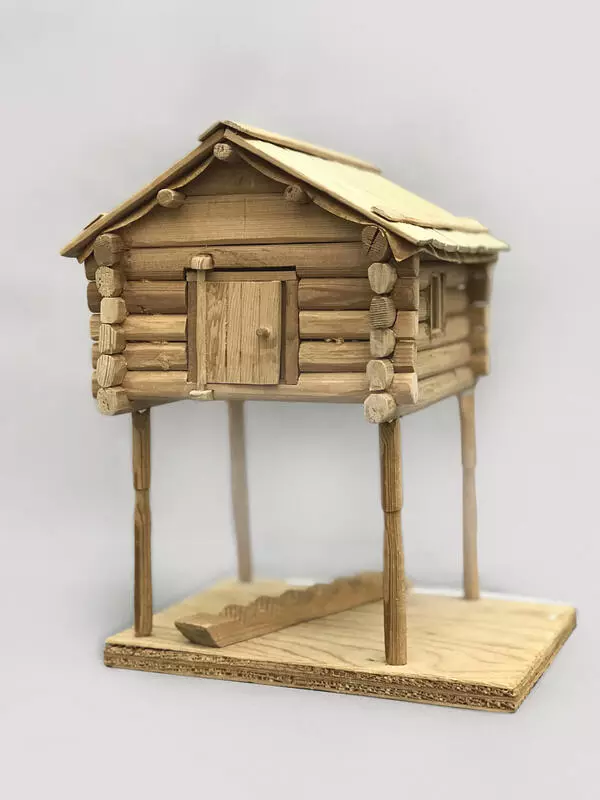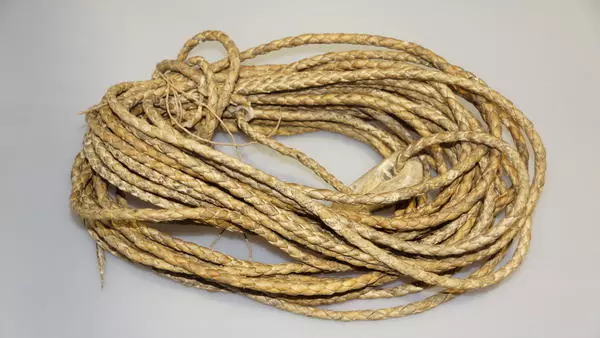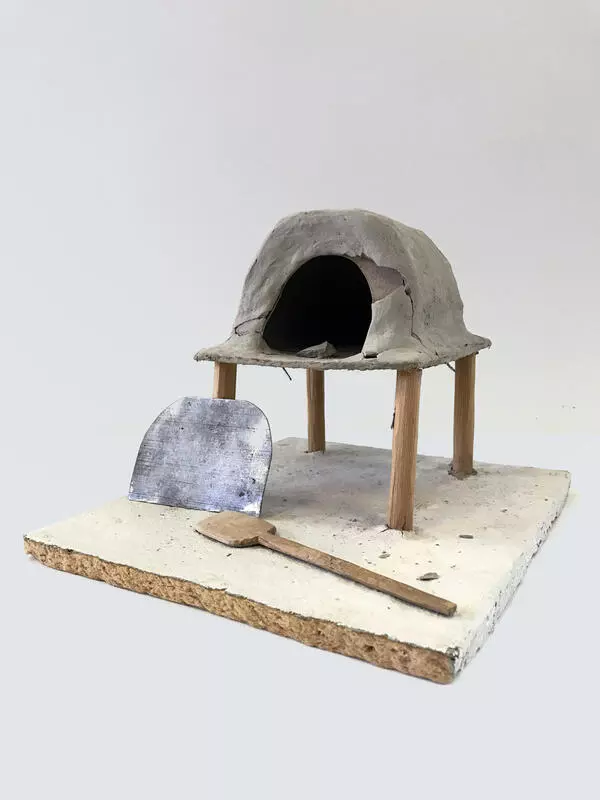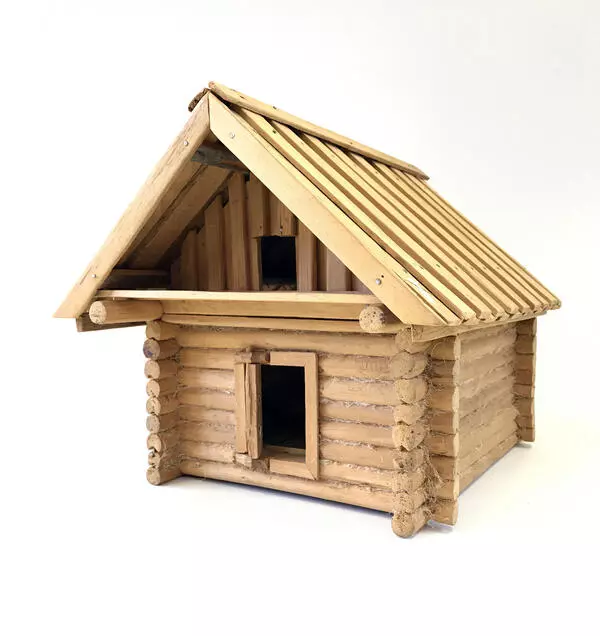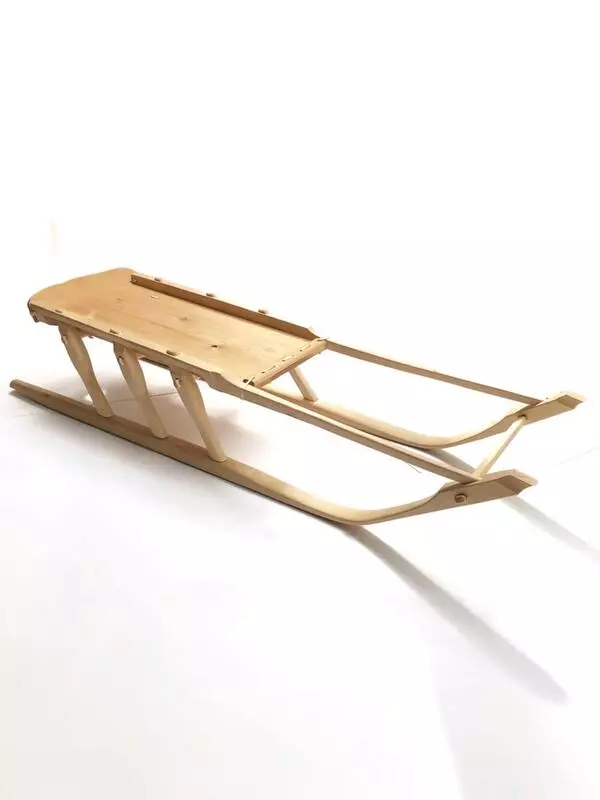Artistic wood processing is one of the most common folk crafts of the northern peoples. The Khanty people make household items, toys, musical instruments, and houses from wood. Wood is used to create traditional vehicles: “dolblenki”-boats, sledges, and skis.
The Khanty people primarily use birch, cedar, larch or aspen wood. They look for smooth trunks, without knags, because it is easier to process them. Trees are felled with homemade or purchased axes, then the same axes are used to remove the bark. The Khanty use all kinds of wood. The trunks are used for construction, the roots are used to weave ropes, the bark is used to make various household items.
The wooden box that is on view in the exhibition is called “kut” in the Khanty language. It was created by the People’s Master of Russia Nikolai Tasmanov in 2008. The artisan used ancient techniques of artistic wood processing in his work, following the folk applied art traditions. Such boxes were usually made of spruce or birch. They were used not only for storing various things, but also as stools.
The Khanty artisans of previous centuries used wood to make all kinds of household items — dishes, scoops and cups. These items were often decorated with traditional ornaments. They used a peculiar tool, a curved metal plate with a wooden handle to make dishes.
The artisans of the Khanty people even made wooden hooks for hanging the cradle. The hook consisted of four or five carved elements, which were made of a single piece of wood. The total length of the chain was about a meter. There were pegs in the chain, which rolled when the cradle was rocked and were some kind of a rattle for the baby.
The northern peoples had many types of wooden children’s toys, but few of them have been preserved. For example, at the beginning of the 20th century, the game “topis” was popular among the Vasyugan Khanty, which resembled chess. The children of many northern peoples still play the deer-game using wood chips, which both adults and children can easily make.
The Khanty people primarily use birch, cedar, larch or aspen wood. They look for smooth trunks, without knags, because it is easier to process them. Trees are felled with homemade or purchased axes, then the same axes are used to remove the bark. The Khanty use all kinds of wood. The trunks are used for construction, the roots are used to weave ropes, the bark is used to make various household items.
The wooden box that is on view in the exhibition is called “kut” in the Khanty language. It was created by the People’s Master of Russia Nikolai Tasmanov in 2008. The artisan used ancient techniques of artistic wood processing in his work, following the folk applied art traditions. Such boxes were usually made of spruce or birch. They were used not only for storing various things, but also as stools.
The Khanty artisans of previous centuries used wood to make all kinds of household items — dishes, scoops and cups. These items were often decorated with traditional ornaments. They used a peculiar tool, a curved metal plate with a wooden handle to make dishes.
The artisans of the Khanty people even made wooden hooks for hanging the cradle. The hook consisted of four or five carved elements, which were made of a single piece of wood. The total length of the chain was about a meter. There were pegs in the chain, which rolled when the cradle was rocked and were some kind of a rattle for the baby.
The northern peoples had many types of wooden children’s toys, but few of them have been preserved. For example, at the beginning of the 20th century, the game “topis” was popular among the Vasyugan Khanty, which resembled chess. The children of many northern peoples still play the deer-game using wood chips, which both adults and children can easily make.




